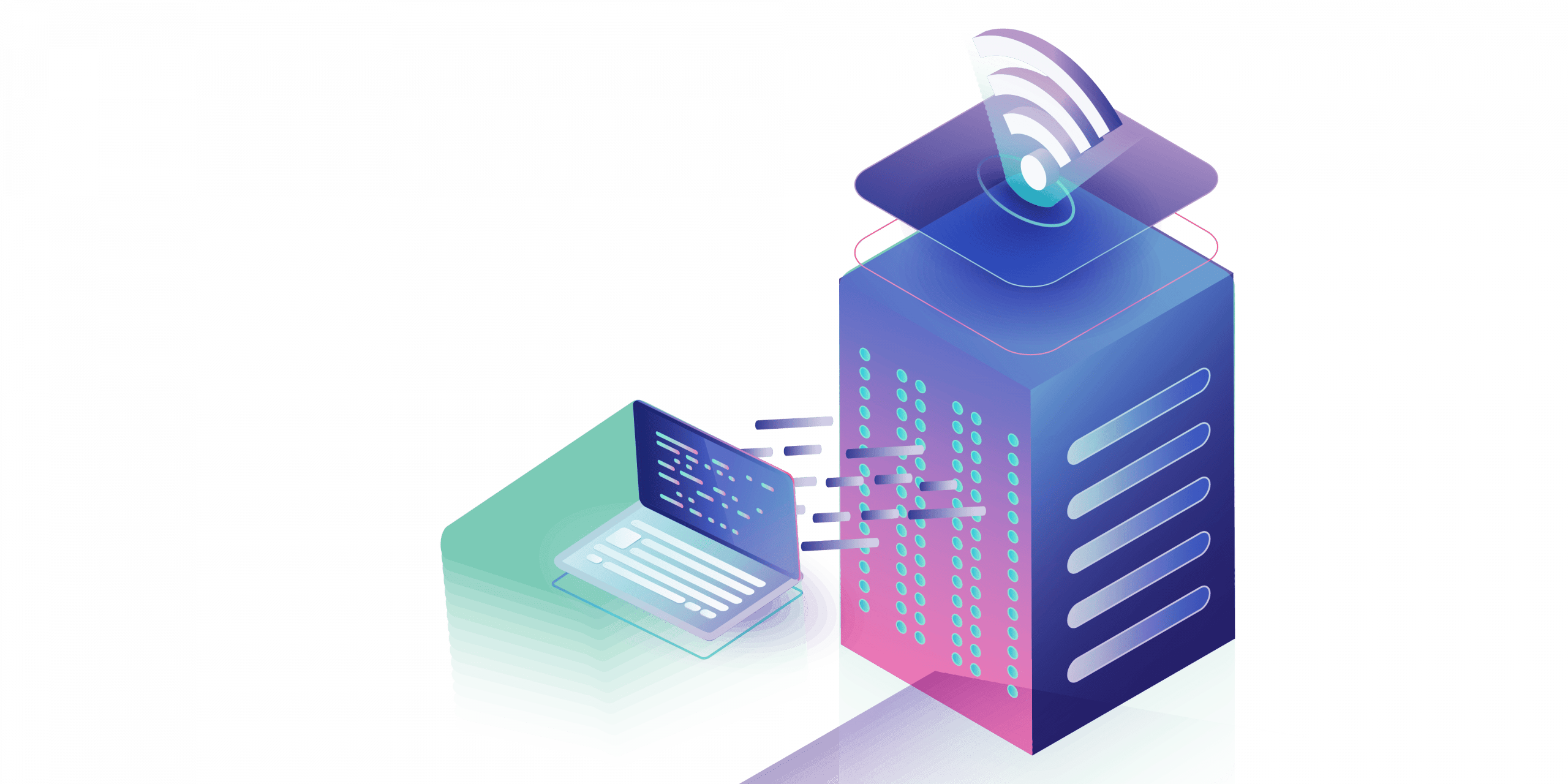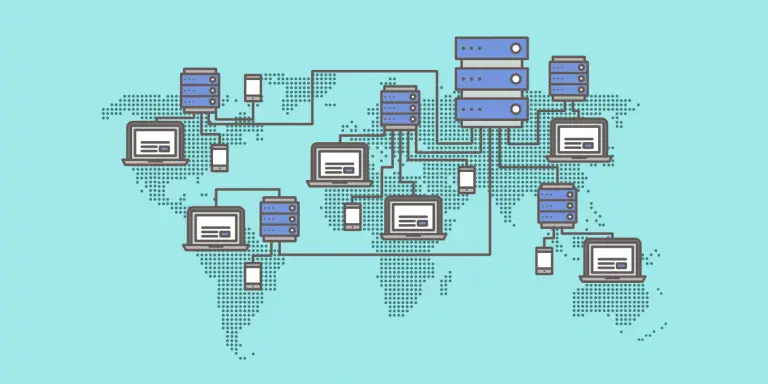Enhancing Educational Content Delivery through Content Delivery Networks (CDNs)

Introduction:
CDNs play a vital role in delivering educational content to students and learners worldwide, ensuring fast, reliable, and high-quality access to educational materials.
Benefits of CDNs in Educational Content Delivery:

- Improved Speed and Latency: CDNs leverage geographically distributed servers to cache content closer to users, reducing latency and delivering content faster.
- Enhanced Reliability: CDNs provide multiple points of presence (PoPs) and redundant infrastructure, ensuring consistent availability and reducing the risk of downtime.
- Optimized Bandwidth Utilization: CDNs efficiently manage bandwidth by only delivering the necessary content to users, minimizing network congestion and optimizing resource usage.
- Reduced Load on Origin Servers: CDNs cache content locally, reducing the load on origin servers and freeing up resources for other tasks.
- Global Reach and Accessibility: CDNs have a global presence, enabling students and educators from diverse locations to access educational content seamlessly.
Implementation Considerations:

- Content Selection and Caching: CDN providers offer various content caching policies and algorithms to optimize the delivery of educational content. Selecting the right caching strategy is crucial for efficient content delivery.
- Geographic Dispersion: Geographic dispersion of CDN servers ensures that content is delivered from the nearest PoP, minimizing latency and improving user experience.
- Traffic Management: CDNs can intelligently route traffic based on user location, network conditions, and content type. This optimizes content delivery and prevents congestion.
- Security and Privacy: CDNs implement robust security measures to protect educational content from unauthorized access and data breaches.
Case Studies:
- Coursera: Coursera partners with CDNs to deliver online courses and lectures to millions of students globally, ensuring fast and reliable access to educational resources.
- Khan Academy: Khan Academy utilizes CDNs to distribute educational videos and interactive exercises, providing a seamless and engaging learning experience for learners around the world.
- edX: edX collaborates with CDNs to deliver online courses from top universities, offering high-quality educational content to students with varying internet connectivity.
Conclusion:
CDNs are transformative tools in educational content delivery, enabling fast, reliable, and accessible learning experiences. By leveraging geographically distributed servers, optimizing traffic management, and ensuring security, CDNs empower educational institutions and content providers to deliver high-quality educational content to students worldwide.# Enhancing Educational Content Delivery Through Cdns
**Executive Summary**
Content Delivery Networks (CDNs) offer a transformative solution for optimizing educational content delivery, enhancing accessibility, and improving student engagement. By leveraging CDN technology, educational institutions can overcome challenges such as latency, bandwidth limitations, and geographical constraints, ensuring a seamless and effective learning experience. This report explores the benefits and use cases of CDNs in education, providing insights into how they can revolutionize content delivery and empower learners.
**Introduction**
In the rapidly evolving educational landscape, innovative technologies play a critical role in enhancing teaching and learning. Content Delivery Networks (CDNs) have emerged as a game-changer in the delivery of educational content, offering a multitude of advantages that can transform the way we educate and empower learners. This comprehensive guide delves into the transformative impact of CDNs in education, exploring their benefits, key subtopics, and practical applications.
**FAQs**
1. What is a Content Delivery Network (CDN)?
- A CDN is a distributed network of servers that stores and delivers content (videos, images, files, etc.) to end-users based on their geographical proximity.
2. How can CDNs benefit education?
- Reduced latency, increased bandwidth, improved accessibility, enhanced security, and cost optimization.
3. What are the key considerations when implementing a CDN for education?
- Content type, audience location, network requirements, security measures, and budget.
**Top 5 Subtopics**
Content Optimization
CDNs optimize content for faster delivery by caching and compressing it. This reduces latency and ensures that students can access high-quality content without delay.
- Caching: Stores frequently accessed content on edge servers closer to users, reducing download times.
- Content compression: Reduces file size without compromising quality, minimizing bandwidth consumption.
- Adaptive bitrate streaming: Adjusts video quality based on internet speed, ensuring smooth playback across devices.
Improved Accessibility
CDNs extend the reach of educational content by making it available to students regardless of their location or device. This promotes equity and inclusivity in education.
- Global reach: Serves content from multiple locations worldwide, reducing latency for international audiences.
- Mobile optimization: Delivers content in formats optimized for mobile devices, increasing accessibility for students on the go.
- Multicast delivery: Efficiently streams live or recorded video to multiple recipients simultaneously, reducing server load and improving performance.
Enhanced Security
CDNs provide robust security measures to protect educational content from unauthorized access and cyber threats. This ensures data confidentiality and integrity.
- SSL/TLS encryption: Encrypts content during transmission, preventing eavesdropping and data breaches.
- Secure tokenization: Generates unique tokens instead of sensitive data, minimizing the risk of data exposure.
- Access control: Restricts access to content based on predefined permissions and user roles.
Cost Optimization
CDNs offer cost-effective solutions by reducing bandwidth usage and minimizing server load. This frees up resources and allows educational institutions to optimize their budgets.
- Pay-as-you-go pricing: Avoids upfront capital investments and allows institutions to scale their CDN usage based on demand.
- Traffic optimization: Reduces bandwidth consumption by optimizing content delivery routes and reducing duplicate traffic.
- Reduced server load: Offloads content delivery from origin servers, freeing up resources for other critical applications.
Analytics and Reporting
CDNs provide valuable insights into content delivery performance, enabling educational institutions to monitor usage, optimize strategies, and improve the overall learning experience.
- Usage statistics: Tracks content downloads, bandwidth usage, and user demographics.
- Performance monitoring: Monitors CDN performance, including latency, uptime, and error rates.
- Geolocation analysis: Identifies user locations and optimizes content delivery accordingly.
**Conclusion**
Content Delivery Networks (CDNs) unlock a world of possibilities for educational content delivery. By leveraging their benefits, educational institutions can overcome challenges, expand accessibility, enhance security, optimize costs, and gain valuable insights. As the demand for high-quality and engaging educational content continues to grow, CDNs will play an increasingly critical role in shaping the future of education. By embracing this transformative technology, we can empower learners, improve outcomes, and create a more equitable and inclusive learning environment.
**Keywords**
- Content Delivery Networks (CDNs)
- Educational Content Delivery
- Content Optimization
- Improved Accessibility
- Enhanced Security
- Cost Optimization
- Analytics and Reporting

